David Sears - At War With The Wind
Here you can read online David Sears - At War With The Wind full text of the book (entire story) in english for free. Download pdf and epub, get meaning, cover and reviews about this ebook. year: 2008, publisher: C Hardcover, genre: Art. Description of the work, (preface) as well as reviews are available. Best literature library LitArk.com created for fans of good reading and offers a wide selection of genres:
Romance novel
Science fiction
Adventure
Detective
Science
History
Home and family
Prose
Art
Politics
Computer
Non-fiction
Religion
Business
Children
Humor
Choose a favorite category and find really read worthwhile books. Enjoy immersion in the world of imagination, feel the emotions of the characters or learn something new for yourself, make an fascinating discovery.
- Book:At War With The Wind
- Author:
- Publisher:C Hardcover
- Genre:
- Year:2008
- Rating:5 / 5
- Favourites:Add to favourites
- Your mark:
At War With The Wind: summary, description and annotation
We offer to read an annotation, description, summary or preface (depends on what the author of the book "At War With The Wind" wrote himself). If you haven't found the necessary information about the book — write in the comments, we will try to find it.
In the last days of World War II, a new and baffling weapon terrorized the United States Navy in the Pacific. To the sailors who learned to fear them, the body-crashing warriors of Japan were known as suiciders; among the Japanese, they were named for a divine wind that once saved the home islands from invasion: kamikaze. Told from the perspective of the men who endured this horrifying tactic, At War with the Wind is the first book to recount in nail-biting detail what it was like to experience an attack by Japanese kamikazes. David Sears, acclaimed author of The Last Epic Naval Battle, draws on personal interviews and unprecedented research to create a narrative of war that is stunning in its vivid re-creations. Born of desperation in the face of overwhelming material superiority, suicide attacks by aircraft, submarines, small boats, and even manned rocket-boosted gliders were capable of inflicting catastrophic damage, testing the resolve of officers and sailors as never before. Sears s gripping account focuses on the vessels whose crews experienced the full range of the kamikaze nightmare. From carrier USS St. Lo, the first U.S. Navy vessel sunk by an orchestrated kamikaze attack, to USS Henrico, a transport ship that survived the landings at Normandy only to be sent to the Pacific and struck by suicide planes off Okinawa, and USS Mannert L. Abele, the only vessel sunk by a rocket-boosted piloted glider during the war, these unforgettable stories reveal, as never before, one of the most horrifying and misunderstood chapters of World War II.
This is the candid story of a war within a war a relentless series of furious and violent engagements pitting men determined to die against men determined to live. Its echoes resonate hauntingly at a time of global conflict, when suicide as a weapon remains a perplexing and terrifying reality.
November 1, 1945 Leyte Gulf
The destroyer Killen (DD-593) was besieged, shooting down four planes, but taking a bomb hit from a fifth. Pharmacist mate Ray Cloud, watching from the fantail, saw the plane a sleek twin-engine Frances fighter-bomber swoop in low across the port side. As its pilot released his bomb, Cloud said to himself, He dropped it too soon, and then watched as the plane roared by pursued and chewed up by fire from Killens 40- and 20-mm guns.
The bomb hit the water, skipped once and then penetrated Killens port side hull forward, exploding between the #2 and #3 magazines. The blast tore a gaping hole in Killens side and water poured in. By the time Donice Copeland, eighteen, a radar petty officer, emerged on deck from the radar shack, the ships bow was practically submerged and the ship itself was nearly dead in the water.
Practically all the casualties were awash below decks. Two unwounded sailors, trapped below in the ships emergency generator room, soon drowned. The final tally of dead eventually climbed to fifteen.
David Sears: author's other books
Who wrote At War With The Wind? Find out the surname, the name of the author of the book and a list of all author's works by series.



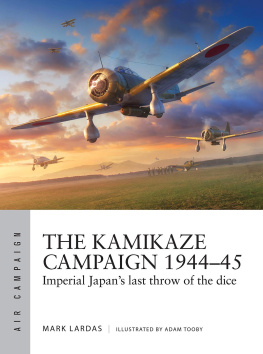

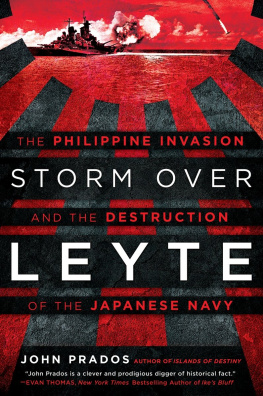

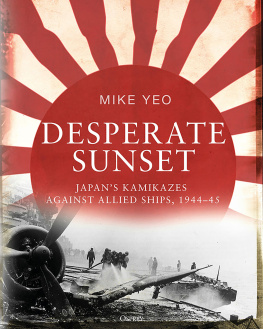
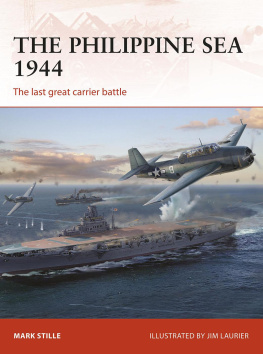


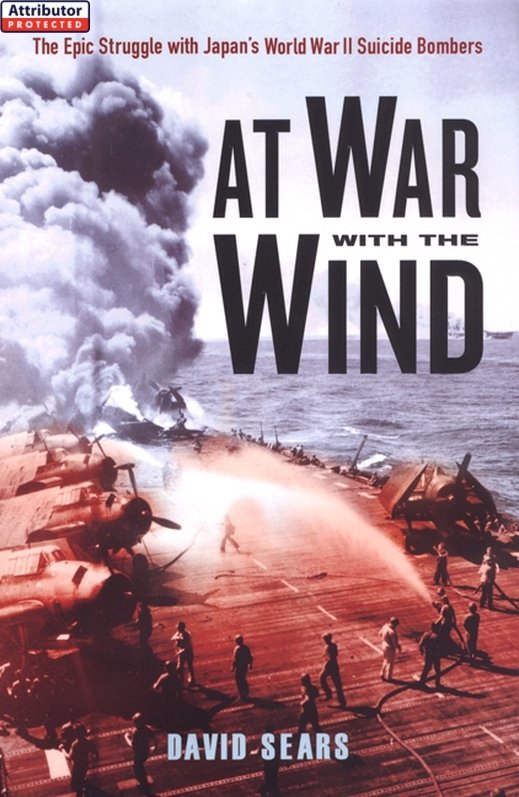
 KA PILOT
KA PILOT